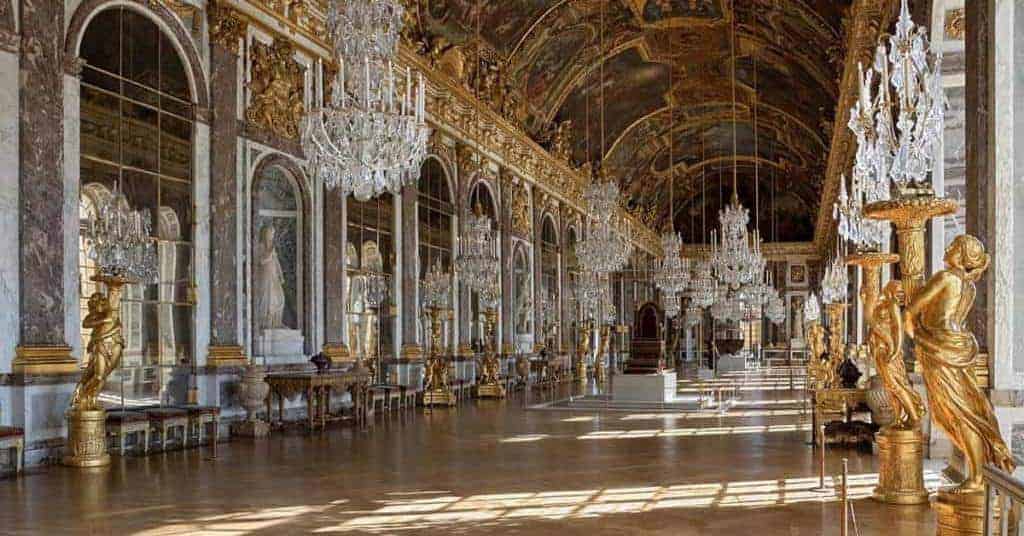From 1682 until the Revolution of 1789, the Kings of France made the Palace of Versailles their principal residence. And it’s not hard to see why. Located just outside of Paris, the palace is absolutely huge, with numerous wings and hundreds of lavishly-decorated rooms. What’s more, the landscaped grounds are vast and, in places, simply awe-inspiring. All this means it’s now a UNESCO World Heritage Site and one of the most popular tourist destinations on the planet.
But what was life actually like for the King? And what about all those other people who lived there, or who visited back in the 18th and 19th centuries? Thanks to the many histories written at the time, as well as numerous paintings, journals and memoirs, we have good idea of what went on at this royal residence. And, while some of it is pretty much common knowledge, much of it is not so well known. So, here are just 11 things you really should know about the wondrous Palace of Versailles:

The palace was originally a ‘small’ hunting lodge
It may now be famous for being one of the biggest, and most opulent residences ever constructed anywhere in the world, but the Palace of Versailles had more humble origins. Indeed, the palace started out life as a relatively modest hunting lodge. Towards the end of the 16th century, King Henry IV started visiting Versailles, then a small village just 12 miles west of Paris, to hunt for boar and deer. Obviously, while he was visiting, he needed somewhere to stay, and so was provided with accommodation at the hunting lodge owned by the Gondi family, old Florentine nobility who were among the most prominent backers of the infamous Medici.
King Henry liked Versailles so much that he returned, first in 1604 and then again in 1609. And he passed on his love for the village and the hunting grounds surrounding it to his son, Louis. Indeed, in 1607, Louis, then still a prince regent, visited on his own. So in love was the young royal with the village that, when he was crowned King Louis XIII of France in 1610, he went back to Versailles and purchased some land for himself. Now, rather than having to rely on the Gondi family for lodging, the King and his guests could have a place of their own. In 1623, Louis ordered a modest but comfortable two-story hunting lodge to be built here – on the spot now occupied by the luxurious marble courtyard.
The lodge remained for almost a decade. And it might have remained small and humble had it not been for the political intrigue and unrest which gripped France in the winter of 1630. Cardinal Richelieu, the King’s chief minister, joined his own mother in plotting against him. Louis defeated the plot. Though his throne was safe, the plot left him with a bad taste in his mouth. He ordered his men to transform the hunting lodge in Versailles into a full-on chateau, where he could escape the stresses of Paris life. And so, between 1631 and 1634, the renowned architect Philibert Le Roy oversaw the construction of a classically-styled chateau. The King also purchased a significant amount of land from the Gondi family. The land was steadily transformed into landscaped gardens. The foundations were set for the Palace of Versailles.

